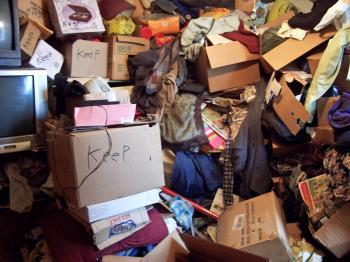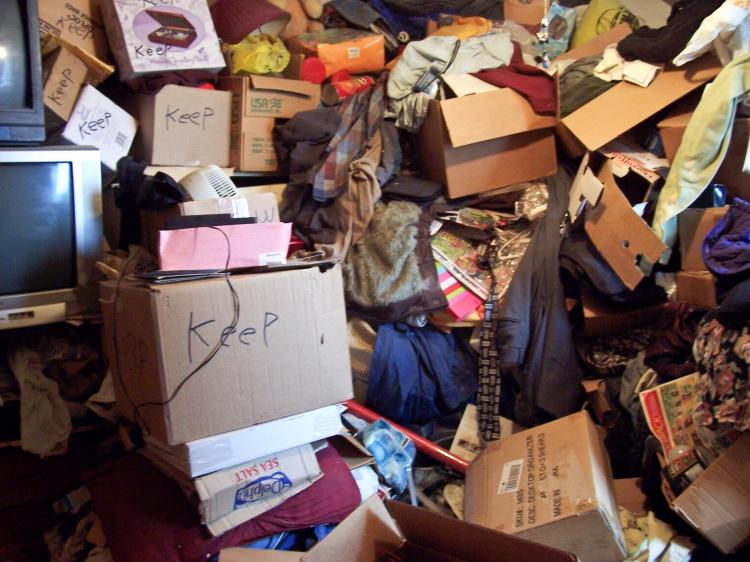Compulsive Hoarding: When It Goes Beyond Clutter
In the United States, compulsive hoarding affects between 2 million and 8 million people.

The senior living in this one-bedroom apartment wrote 'keep' on several of the items that she hoarded. Many hoarders seek help only when a crisis, such as a fall, or a rodent or bedbug infestation, forces them into it. Used with permission

Joan Delaney
Senior Editor, Canadian Edition
|Updated:





